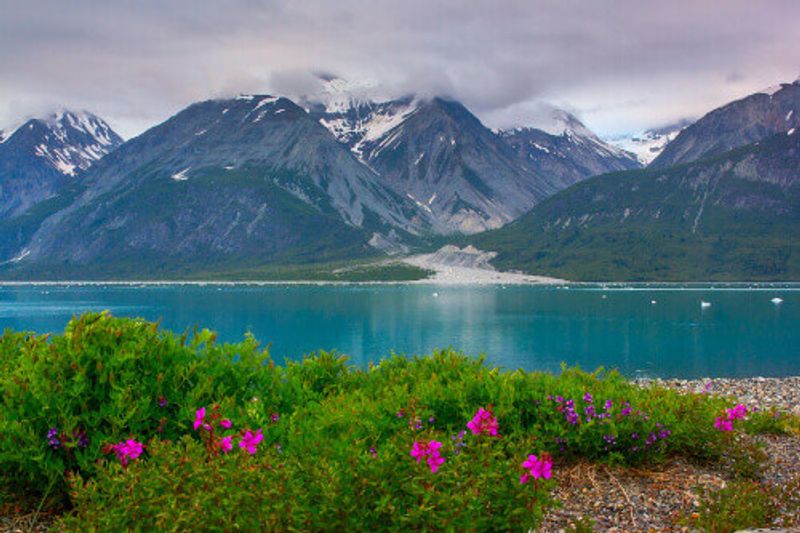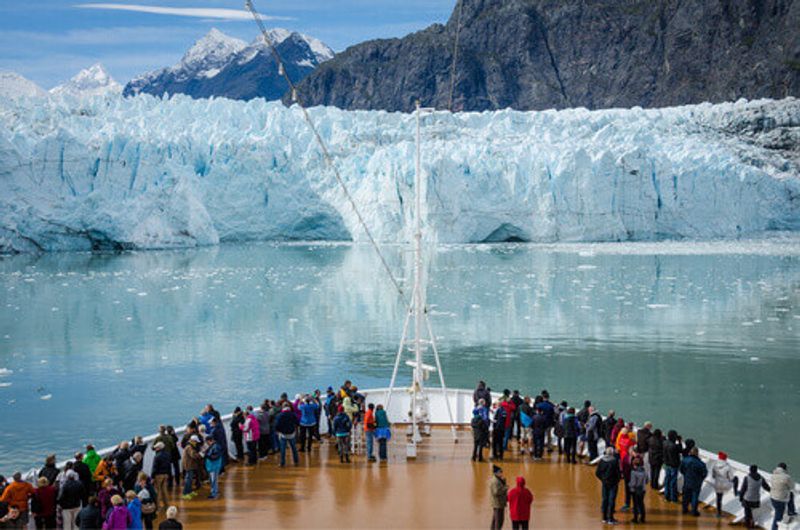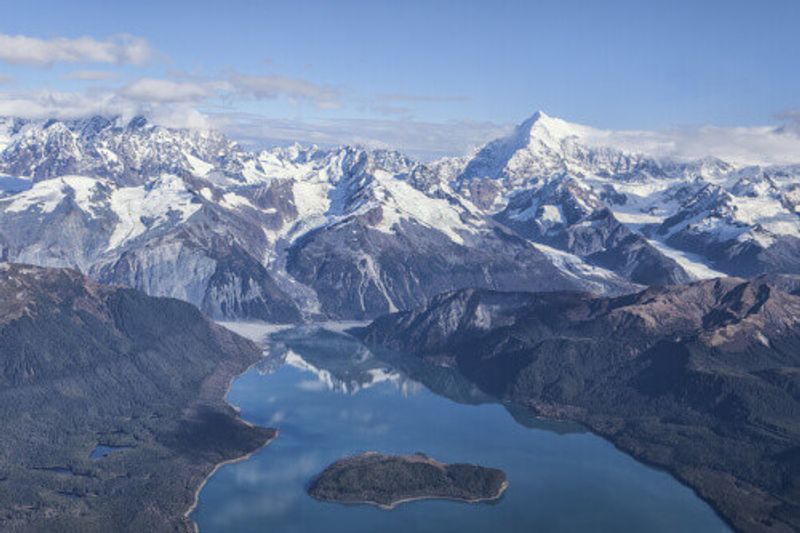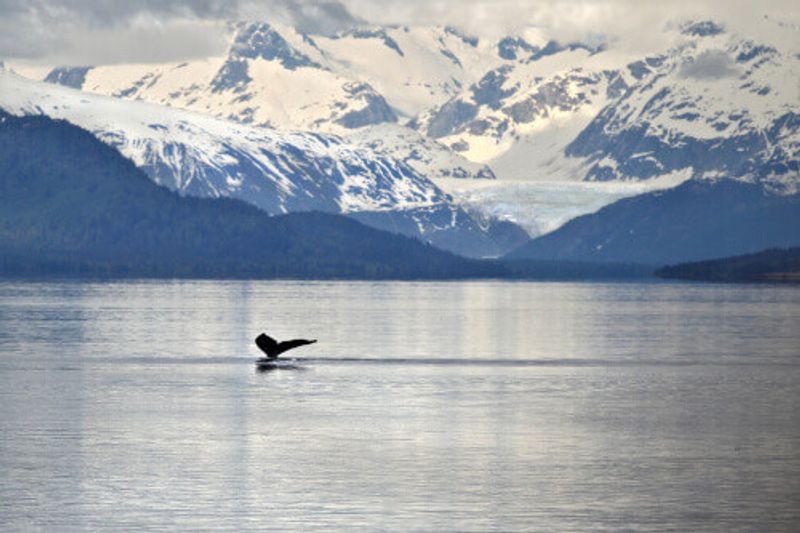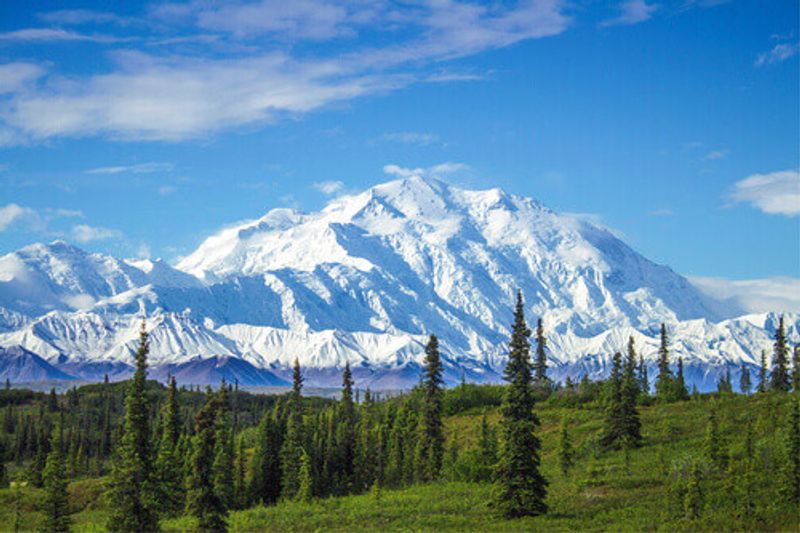With glaciers slowly grinding their way down from icefields and snow-capped peaks into bottomless fjords – the Glacier Bay National Park and Reserve is a geography lesson writ large
Simply put, Glacier Bay Park is vast, covering just shy of 13,000km2 of southeast Alaska, roughly the same size as the US state of Connecticut. However, aptly enough, the park is just the tip of the iceberg as this wild giant stands shoulder to shoulder with Canadian peers, the Tatshenshini-Alsek World Heritage Site and the Kluane National Park and Reserve, as well as fellow Alaskan, the Wrangell-St. Elias National Park and Preserve, which is the US’s largest national park.
This UNESCO-protected chain of parks cover 100,00km2, making it the world’s largest contiguous area without roads; it encompasses 1,900km of rugged coastline, active tidewater glaciers, the world’s only non-polar icefields and an amazing range of biodiversity.
In 1925, US president Calvin Coolidge proclaimed the area around Glacier Bay as a national monument; it was listed as a UNESCO World Heritage Site in 1979, enlarged by Jimmy Carter the following year before UNESCO doubled down on the region’s natural charms, recognising it as a Biosphere Reserve in 1986.
Although there is evidence of human settlement dating back 9,000 years in nearby Groundhog Bay, the park itself is only known to have been populated as far back as 3,000 years. The Tlingit people’s oral history details how they were displaced by a glacier 300 years ago; scientists have since confirmed that this was during a mini ice age which saw the glacier’s snout jut out into the Icy Strait almost to Lemesurier Island at its peak in the mid-1700s.
It had retreated by the time George Vancouver, the British captain of the HMS Discovery, chartered the Pacific Northwest in 1794 when he found the bay was just an 8km indent blocked by a wall of ice over 12,000m thick and 30km wide. As well as mapping the region and having the Canadian city named after him for his troubles, Vancouver led the first European expedition to Hawaii and learned his trade exploring the southern seas as a junior officer on Captain Cook’s expedition to Australia.
Over the past two centuries, this huge glacier has retreated 100km up from the bay’s mouth into its tributaries which, despite being shadows of its former self, are still impressive. The largest of the park’s 50-plus named glaciers is the 55 km-long, 3 km-wide Grand Pacific Glacier – which creeps by at a pace of 2-10 cm/day, a snail’s pace compared to the Johns Hopkins Glacier’s 15-25cm/day. The park features seven tidewater glaciers – those which reach the sea – as well as several which only touch seawater at one of this far northern region’s two daily high tides that can be as high as seven metres above low tide.
After being buffeted by waves, large sections of these glaciers’ snouts regularly break off or ‘calve’, dropping huge blocks of ice into the sea. The retreat of the glaciers has uncovered another geological marvel, fjords—deep, U-shaped valleys whose walls have been worn down and polished smooth by the slow passing river of ice and debris.
The Fairweather mountain range which fringes the park’s western edge is the world’s highest coastal range as well as part of the Rockies chain that runs the length of North America; its highest of which is Mount Fairweather at 6,600m. These were formed by the collision of the North American and Pacific tectonic plates; meaning that there are frequent earthquakes and the mountains are growing, albeit at a pace of 50mm/year.
Despite glaciers covering over a quarter of the park, it is so much more than a frozen wasteland and has an abundance of flora and fauna. Around 20% of the park is water and this is teeming with sea life – with everything from orcas, humpback whales, minke whales and porpoises, feeding on and alongside salmon, sculpin, harbour seals, Steller sea lions and sea otters. Above them flap around 281 species of birds, including ducks and geese, albatross, gulls, the iconic golden and bald eagles and the colourful puffin.
On land, its lush temperate lowland rainforests and wide valleys are similarly well-populated with moose, blacktail deer, mountain goats, minks, coyotes, wolves and wolverines doing their level best to avoid apex predators such as the lynx and an assortment of bears, be they brown/grizzly, black or blue/glacier (a subspecies of the black bear).
Keep your eyes peeled on the beaches as this is where visitors are most likely to see them feeding on fish while keeping a safe distance away. The park has only a few short trails; those wishing to get off them are advised to stick to the beaches, riverbeds and meadows as the thick brush is difficult to navigate. With some of the most spectacular sea kayaking in the world, grabbing a paddle is by far the best way to explore the coastline.
